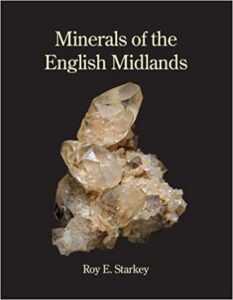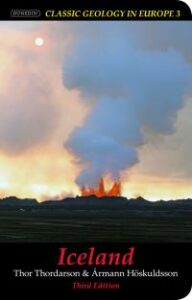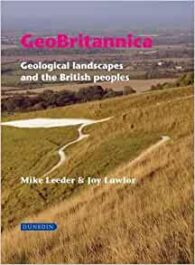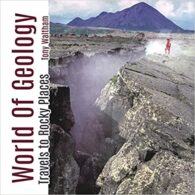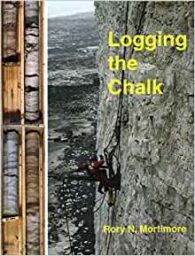Goodness me! This is a massive work (432 pages) – but written with enthusiasm from the heart, with authoritative text, lovely photos throughout, fascinating anecdotes and history, with detailed geological descriptions of all the relevant counties. Now, I’m no expert on minerals, which fall well outside the scope of my interests. However, I cannot praise this book too much.
